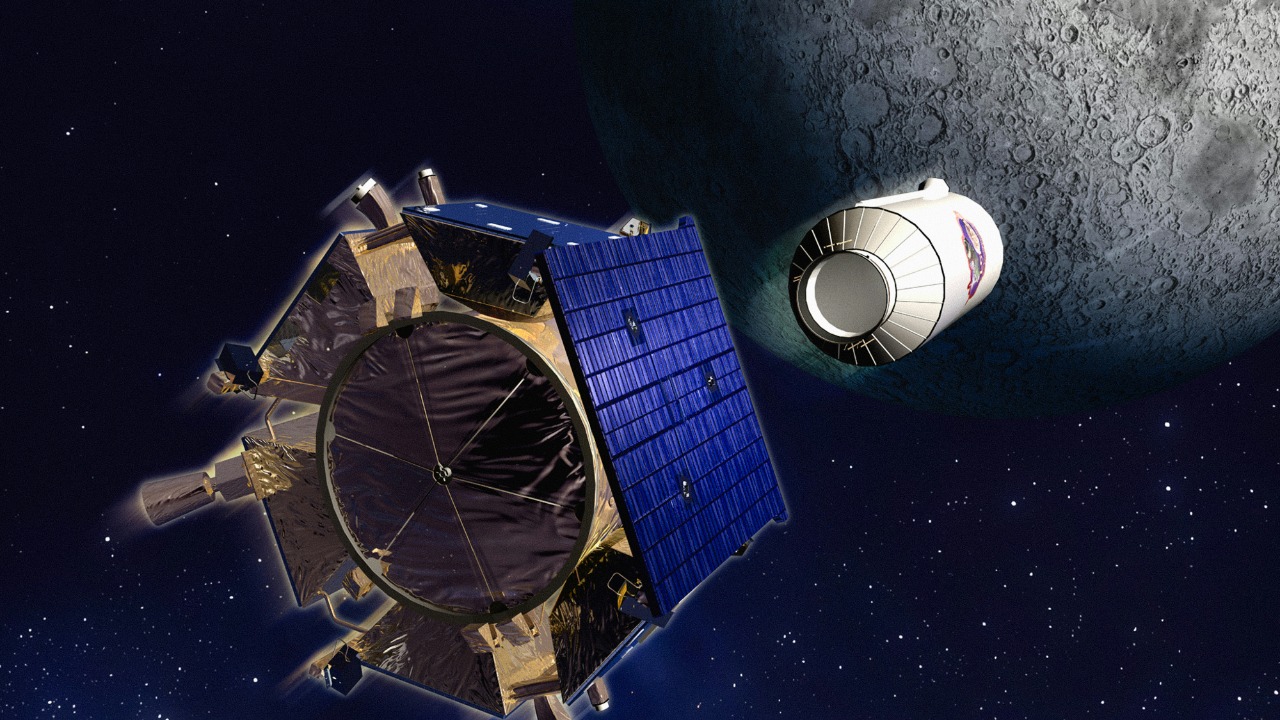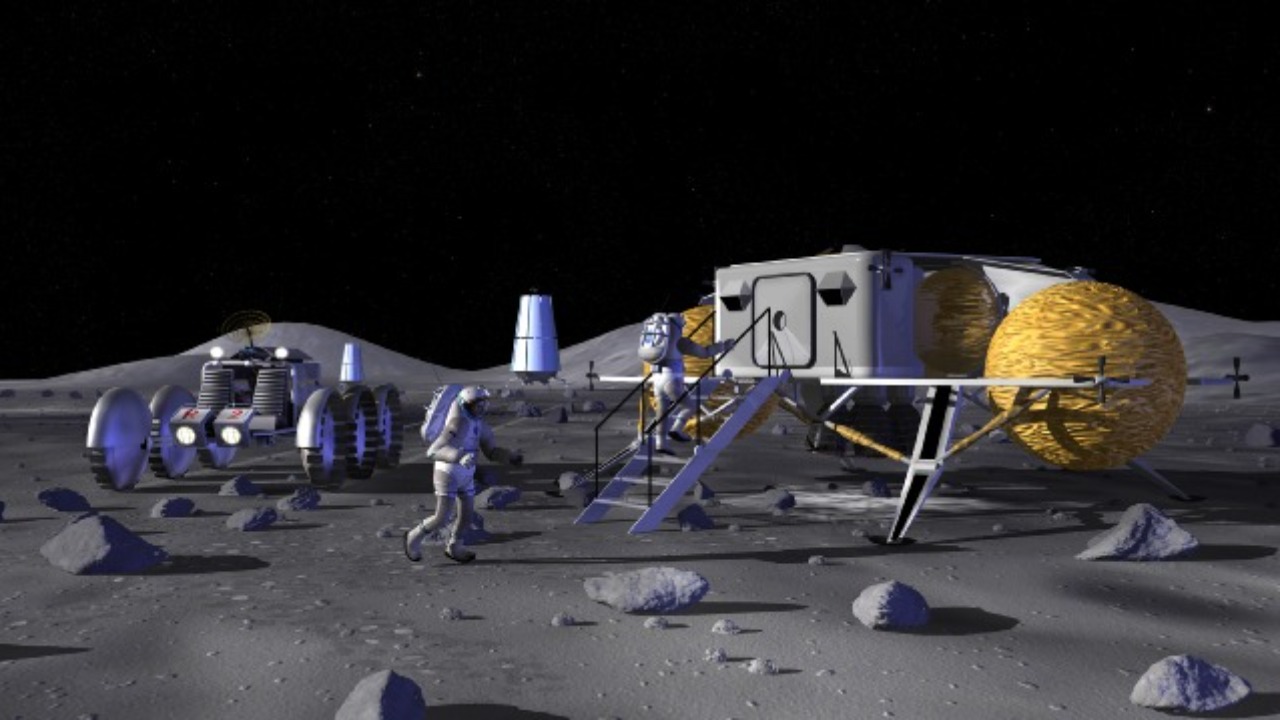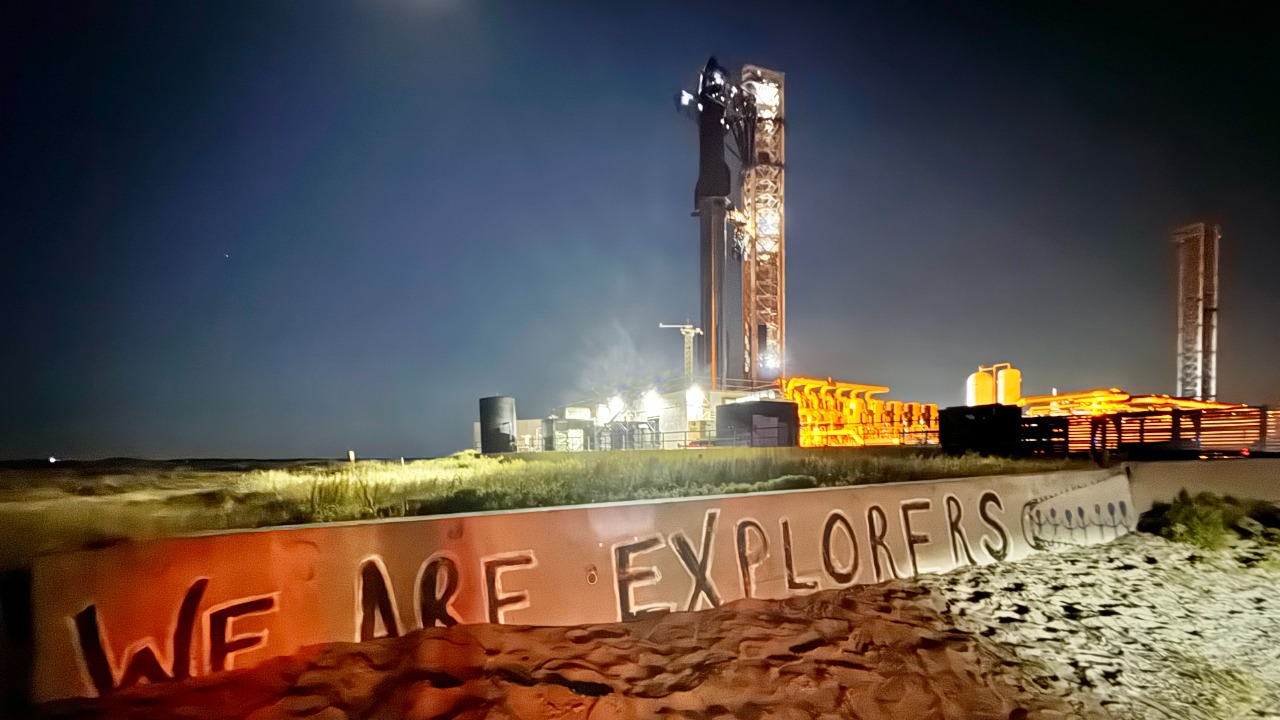
Humanity’s vision of establishing a lunar base is closer to reality than ever, thanks to SpaceX’s Starship. With groundbreaking technology and ambitious plans, SpaceX aims to build the first sustainable human settlement on the Moon. The intricate details and multifaceted challenges of creating a Moon base highlight SpaceX’s pivotal role and the broader implications for space colonization.
The Vision for a Lunar Base

SpaceX’s goals for establishing a Moon base are both ambitious and meticulously planned. The company envisions deploying the first elements of a lunar settlement by the end of this decade, with a timeline that includes multiple phases of testing, construction, and habitation. This vision aligns with broader objectives in space exploration, as the Moon serves as a strategic springboard for future missions to Mars and beyond.
The significance of a lunar base cannot be overstated. It represents a monumental step in human space exploration and a potential catalyst for space colonization. A permanent human presence on the Moon would offer myriad scientific and commercial benefits, from advancing our understanding of lunar geology to fostering new industries such as space tourism and resource extraction.
The Role of SpaceX Starship in Moon Base Construction

The SpaceX Starship is a critical component in the construction of a Moon base due to its unique technical specifications and capabilities. Designed for deep-space missions, the Starship boasts a large payload capacity, the ability to refuel in space, and a fully reusable design. These features make it an ideal vehicle for transporting materials and crew to the lunar surface efficiently and economically.
One of the primary advantages of using the Starship is its capacity to carry large amounts of cargo, which is essential for delivering the necessary infrastructure for a Moon base. However, adapting the Starship for lunar missions presents several challenges. These include ensuring the vehicle can land safely on the Moon’s uneven terrain and modifying the design to withstand the harsh conditions of space. SpaceX is addressing these issues through rigorous testing and innovative engineering solutions.
Collaboration with NASA and International Partners

The collaboration between SpaceX and NASA is a cornerstone of the lunar mission strategy. The partnership leverages SpaceX’s technological prowess and NASA’s extensive experience in space exploration to achieve shared goals. The recent NASA-SpaceX Crew-11 mission exemplifies the collaborative efforts aimed at advancing lunar exploration.
In addition to NASA, international space agencies are playing crucial roles in the Moon base initiative. Agencies from Europe, Asia, and other regions are contributing expertise, technology, and resources. This international collaboration not only enhances the success and sustainability of the base but also fosters a spirit of cooperation and shared purpose in space exploration.
Technological and Logistical Challenges

Building a sustainable lunar base involves overcoming significant technological and logistical challenges. The harsh lunar environment poses threats such as radiation, temperature extremes, and abrasive lunar dust. To address these, SpaceX and its partners are developing advanced materials and technologies, including radiation shielding and dust mitigation systems, to protect both astronauts and equipment.
Infrastructure development on the Moon requires innovative strategies, particularly in creating habitats, power supply systems, and life support mechanisms. A key strategy is the utilization of in-situ resources (ISRU), which involves using local materials to construct infrastructure and produce essential supplies like water and oxygen. This approach not only reduces the need to transport materials from Earth but also enhances the sustainability of the lunar base.
Ethical and Societal Implications of a Moon Base

The establishment of a human presence on the Moon raises important ethical and societal considerations. The potential impact on global cooperation and geopolitics is significant, as nations collaborate and compete in this new frontier. Ethical considerations also include ensuring that lunar exploration respects the environment and cultural heritage of the Moon.
In the broader context of space colonization, a Moon base is a stepping stone toward a long-term vision of humanity’s expansion into the solar system. This vision, while promising, invites debate on the implications for humanity, including questions about resource allocation, societal priorities, and the preservation of our planet. Engaging with these discussions is crucial as we navigate the future of space exploration.